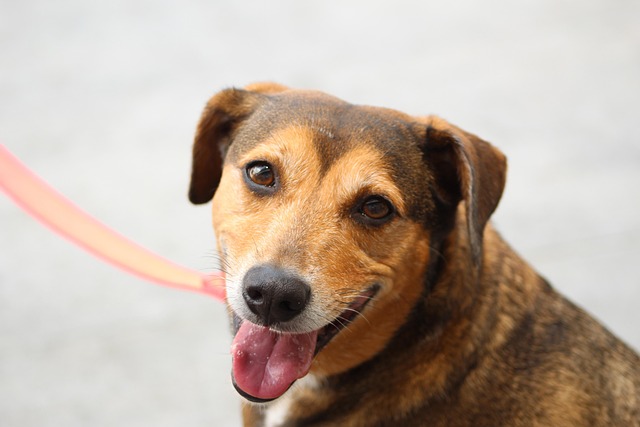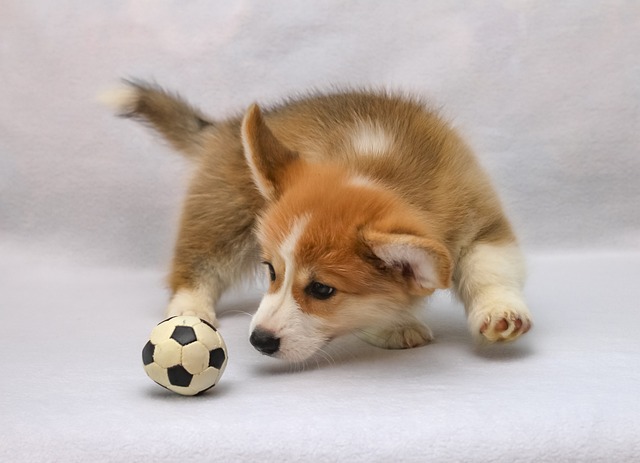Dogs getting rambunctious indoors is a common puzzle, but it’s rarely about being “bad.” More often, it’s their way of saying they need something—whether that’s energy burned, a sense of routine, or just a little reassurance. The key is figuring out what that “something” is, and adjusting your approach to fit their needs.
Start with the basics: most dogs act up because they’re not getting enough physical activity. Even if you take them out for a walk, if it’s too short or not engaging, that pent-up energy has to go somewhere—and that somewhere is often your couch or favorite rug. Aim for walks that match their breed and age; a Border Collie, for example, needs more than a quick stroll around the block, while a Pug might thrive on shorter, more frequent outings.
Consistency in daily routines works wonders too. Dogs thrive on predictability, so feeding, playtime, and quiet moments at the same times each day can settle their nerves. If they know when to expect activity and when to relax, they’re less likely to bounce off the walls looking for something to do. It’s all about creating a rhythm they can count on.
 Creating a dedicated calm space helps, especially in smaller living spaces like apartments. Pick a corner with their bed, a favorite toy, and maybe a blanket that smells like you. When things get chaotic—like during a busy morning or when guests arrive—guide them there gently. Think of it as their little safe zone, where they can retreat and decompress.
Creating a dedicated calm space helps, especially in smaller living spaces like apartments. Pick a corner with their bed, a favorite toy, and maybe a blanket that smells like you. When things get chaotic—like during a busy morning or when guests arrive—guide them there gently. Think of it as their little safe zone, where they can retreat and decompress.
Positive reinforcement goes a long way. When they settle down on their own—maybe lying quietly by your side or napping—praise them softly or offer a small treat. This teaches them that calm behavior gets attention, which is way more effective than scolding when they’re already hyped up. Scolding can just amp up their excitement, turning it into stress or confusion.
Keep in mind that some restlessness might stem from boredom, not just energy. Rotate their toys to keep things interesting, or try puzzle feeders that make them work for snacks. A little mental stimulation can tire them out almost as much as a run, and it’s perfect for days when the weather keeps you inside.
Noise and commotion from outside can set them off too, especially in urban areas. Closing curtains to block out squirrel sightings or playing soft music to muffle street sounds can help. Just be careful with volume—you don’t want it to feel overwhelming for them.
It’s also smart to stay aware of local guidelines. Many neighborhoods have rules about excessive barking or disturbances, and a calm dog is less likely to draw complaints. Being a considerate neighbor isn’t just polite; it helps keep your pup in good standing too.
If restlessness turns into persistent pacing, whining, or destructive behavior, it might be more than just excess energy. Sudden changes in behavior can signal stress, fear, or even health issues. When in doubt, a chat with your vet can rule out anything medical and put your mind at ease.
At the end of the day, calming a dog indoors is about patience and paying attention. Every dog is different—what works for a young Lab might not click for an older terrier. Observe their cues, adjust your routine, and remember that progress takes time. With a little effort, you’ll both find that sweet spot where home feels like a peaceful place for everyone.

 Creating a dedicated calm space helps, especially in smaller living spaces like apartments. Pick a corner with their bed, a favorite toy, and maybe a blanket that smells like you. When things get chaotic—like during a busy morning or when guests arrive—guide them there gently. Think of it as their little safe zone, where they can retreat and decompress.
Creating a dedicated calm space helps, especially in smaller living spaces like apartments. Pick a corner with their bed, a favorite toy, and maybe a blanket that smells like you. When things get chaotic—like during a busy morning or when guests arrive—guide them there gently. Think of it as their little safe zone, where they can retreat and decompress.


